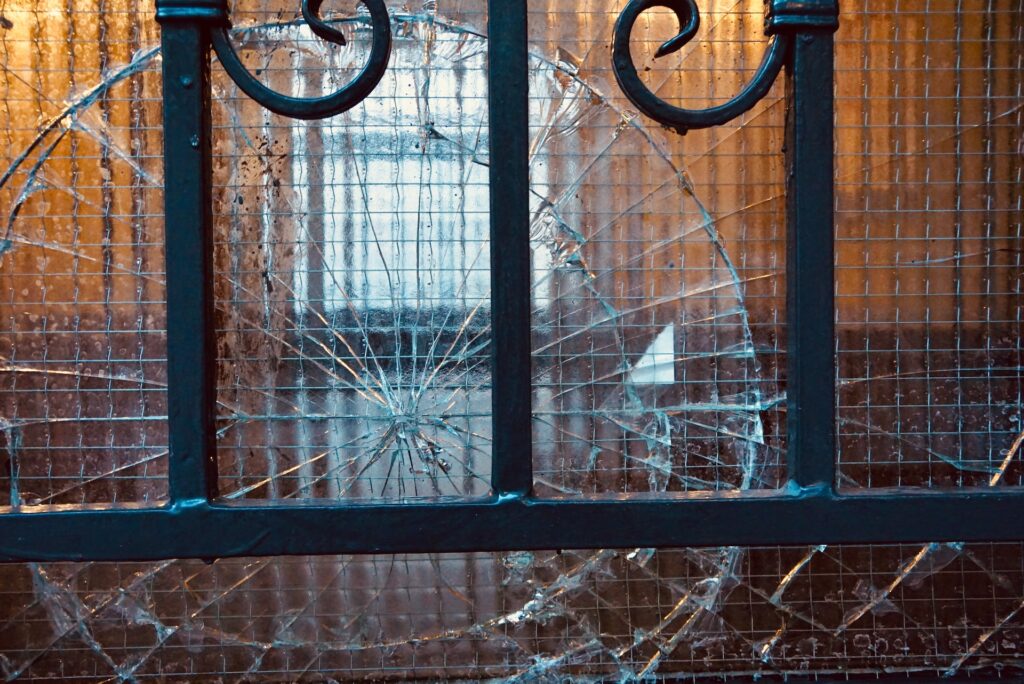Use of social media
The use of social media has exploded in recent years, but an unintended consequence of posting about your every move and every purchase is creating a risk to your security. By allowing everyone to have access to your world, would-be thieves are given free access to a wealth of information about what possessions they can target and when they can attempt to take them. This was recently highlighted by Molly-Mae Hague, social media influencer and ex-Love Island star, whose Manchester house was raided by a gang whilst she was in London. The thieves stole possessions worth £800,000.
To reduce the risk of being a victim, experts recommend:
- Ensuring appropriate privacy settings are enabled;
- Turning off location services in apps
- Ensuring posts do not contain sensitive info e.g. address
These tips are inevitably more difficult to follow for social media influencers who make money from sharing intimate details of their lives with the general public, but, as is always the case with insurance and potential claims, it is still important to mitigate risk wherever possible.
Underinsurance
Burglars targeting homes are often drawn to jewellery and watches as they are high-value and easy to move. As well as the risk of theft if sharing details on social media, policyholders need to be aware of the problem of underinsurance, especially as this will only usually come to light when a policyholder has to make a claim.
Insurers take a differing approach to dealing with claims involving underinsured items and the approach will largely depend on the particular facts of the claim. One approach may be that the insurer applies an average clause. An “average clause” is a clause which requires a policyholder to bear a proportion of any loss if the policyholder’s asset was insured for less than its full replacement value. This proportion is the amount for which the asset was underinsured, expressed as a percentage of its indemnity value at the time of the loss. In other words, if a policyholder’s asset is insured for less than it would actually cost to replace it, the insurer will only pay-out a percentage of the claim. Other insurers might choose to void the policy completely meaning the policyholder will be left with no cover.
Items can end up being underinsured because owners do not appreciate the increasing value of their possessions. Typically, items of value, such as jewellery, watches, art and wine, do increase in price over time. To take one example, prices of luxury watches have skyrocketed in recent years and this shows no sign of slowing up. For example, one particular Patek Philippe watch which could be bought for c. £30,000 in 2009 is now worth c. £90K.
One way of mitigating the risk of underinsurance, is to make sure that items are that regularly re-valued. It is also advisable to seek guidance from a specialist broker and to ensure that insurance policies are properly understood, especially in relation to sums insured.
Our dedicated fine art, specie and jeweller’s block team can assist with any insurance queries in this area, or point you in the direction of brokers. Please get in touch with any queries at c.povey@capitallaw.co.uk.



